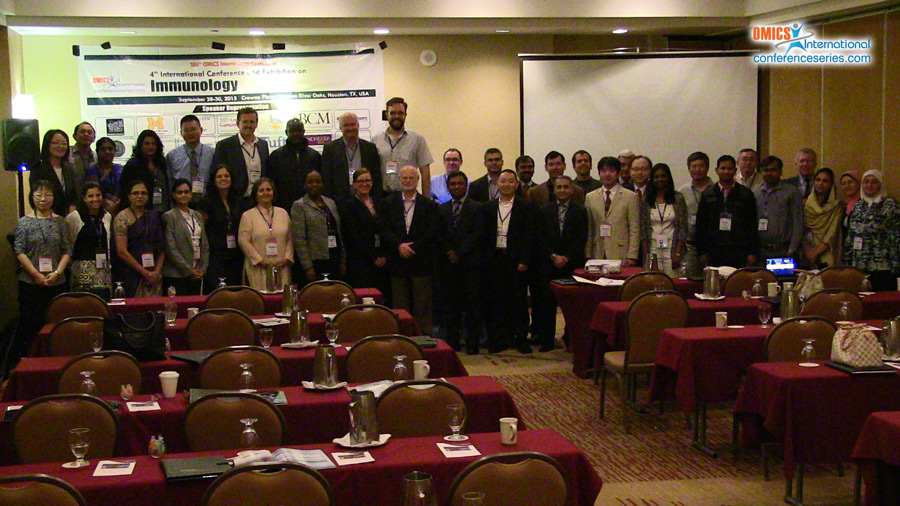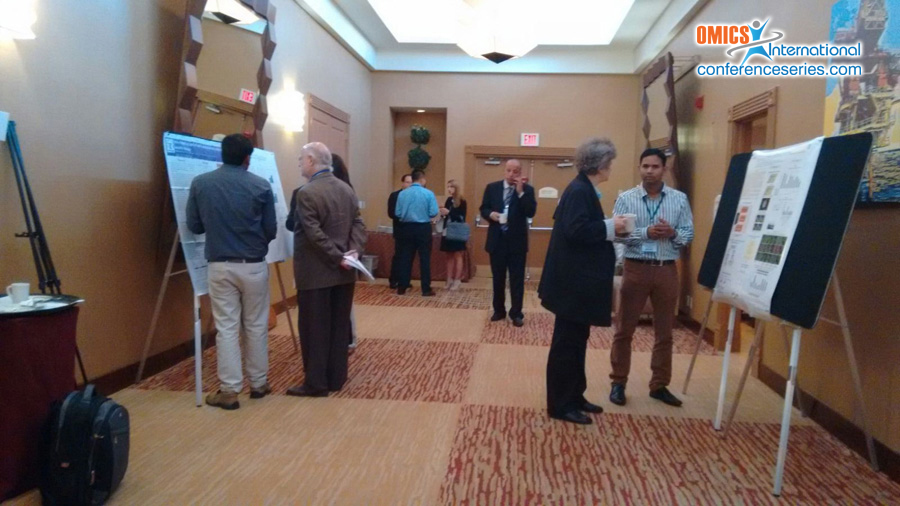
Toshimasa Nakada
Aomori Prefectural Central Hospital, Japan
Title: Usefulness of initial single intravenous immunoglobulin therapy for Kawasaki disease
Biography
Biography: Toshimasa Nakada
Abstract
Appropriate therapy during the acute phase of Kawasaki disease to prevent large coronary artery lesions (CAL) has not been established. The aim of this retrospective study was to investigate the usefulness of initial intravenous immunoglobulin (IVIG) monotherapy. In total, 200 pediatric patients who received IVIG therapy for Kawasaki disease between 1999 and 2014 at Department of Pediatrics, Aomori Prefectural Central Hospital were enrolled. An initial IVIG regimen of 2 g/kg/day, starting on day 5, was used as first-line therapy when possible. Second-line therapy was additional IVIG therapy, and third-line therapy was an urinastatin infusion or plasma exchange. All patients were divided into two groups. The S group comprised 129 patients who received initial IVIG monotherapy with delayed administration of anti-inflammatory drugs (ADs). The T group comprised 71 patients who received concomitant ADs with IVIG. Initial IVIG therapy resistance occurred in 50 of 200 patients (25%), and 16 patients (8%) received additional IVIG. Four patients received urinastatin and one patient received plasma exchange as third-line therapy. Before the 30th day, the prevalence of CAL was 7% (13/200); after 30 days, it was 3% (5/200). The prevalence of CAL before and after 30 days between the S vs. T groups were 2/129 vs. 11/71 (P<0.001) and 1/129 vs. 4/71 (P=0.055), respectively. Variable factors including IVIG resistance and responsiveness and relapse of the disease were associated with CAL development. Initial single IVIG therapy may be useful for the prevention of large CAL caused by different factors of Kawasaki disease.
Speaker Presentations
Speaker PDFs
Speaker PPTs Click Here




